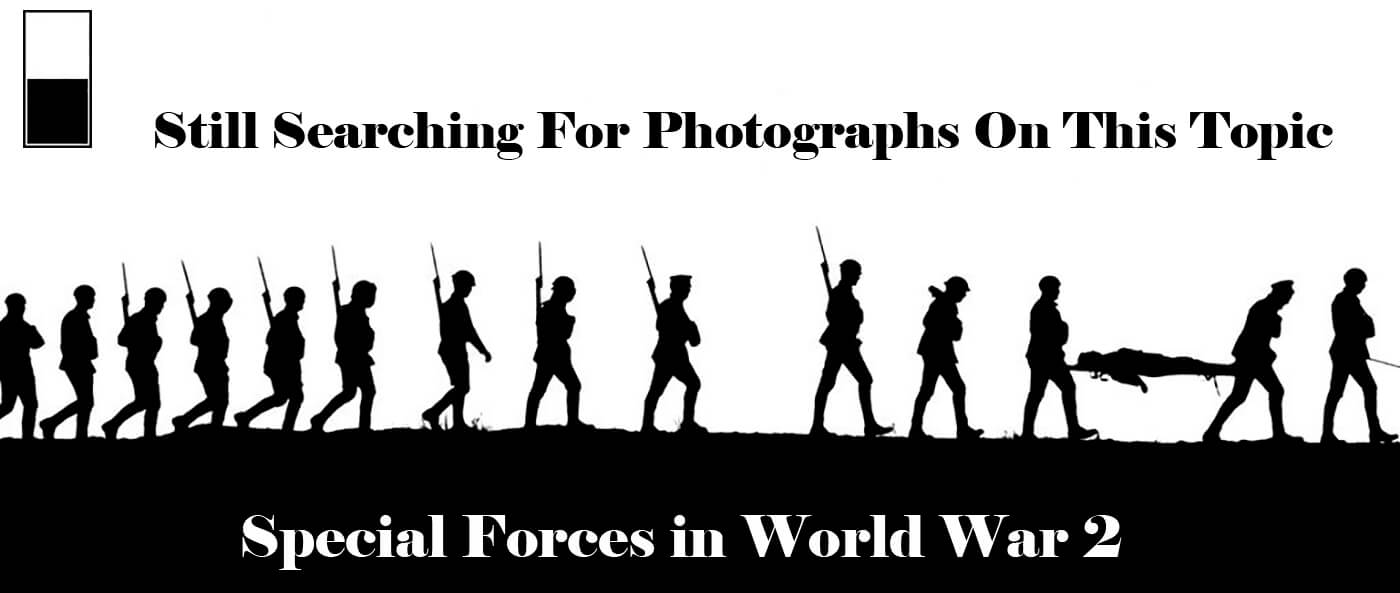| August 31st, 1944 – October 1st, 1944 |
| Unternehmen Landfried |
| Objectives |
- sabotage, and long-range reconnaissance
| Operational Area |
- Seventy kilometers south of Kronstadt (Brașov, Rumania)
- Hermannstadt (Sibiu, Rumania) up to the Rotenturm Pass (Turnu Roșu Pass, Rumania)
- Klausburg (Timișoara, Rumania) and twenty kilometers to the south
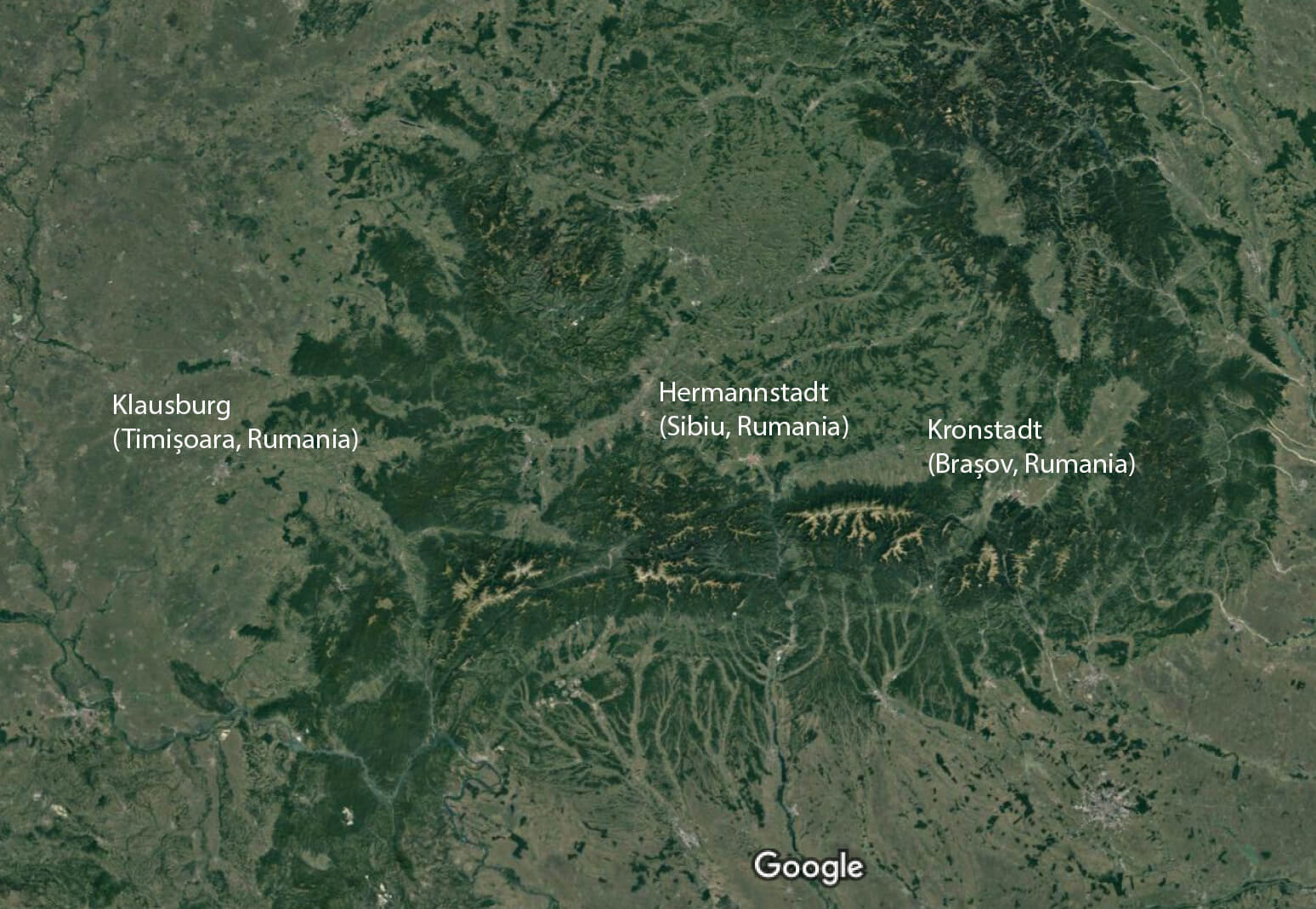
| Unit Force |
- Three troops of twenty-five men of SS-Jäger-Bataillon 502
| Opposing Forces |
- Rumanian and Soviet Army
| Operation |
On August 26th, 1944, SS-Obersturmführer Walter Girg receives orders from SS-Sturmbannführer Skorzeny for the Unternehmen Landfried. The officer is supposed to lead a group of fifty-five men and six airplanes to land in the area of Temesburg. Their mission is to distribute extra weapons among the civilian population and organize them to establish a defensive line between Temesburg and Kronstadt. The plan is to halt the advance of the Russians and Romanians until German troops arrive to relieve them. However, the equipment is defective, and there is little time for preparation.
SS-Obersturmführer Walter Girg, his men and equipment travel by rail to Vienna. The aircraft fly to Vienna and placed on standby at the Vienna airdrome. He works for a day in the offices of the VI-E Section, where SS-Obersturmbannführer Wineck, of Section VI-E of the Reichssicherheitshauptamt, gives him further orders. However, the situation on the ground changes daily, making the old mission impossible, and Temesburg is already occupied by the enemy.
The officer decides to arrange a new mission, and with his men and forty German Romanians, who he recruits from the SS-Frontleitstelle Vienna, flies to Neuburg via Debrecen. There he meets SS-General Pfleps, who commands an army in the area. Pfleps agrees with his plans.
The new mission consists of three reconnaissance and sabotage groups. The eastern troop, commanded by SS-Oberscharführer Fritsch, moves the passes about seventy kilometers south of Kronstadt and then come back with the remainder of the men. The central troop, under the SS-Obersturmführer Walter Girg’s command, is to operate from Hermannstadt up to the Rotenturm Pass. The western troop, under the command of SS-Oberscharführer Hahn, will operate as far as Klausburg and twenty kilometers to the south. The mission is the same for every group, sabotage, and long-range reconnaissance. They plan to avoid all direct contact with the enemy, start without radio, and report over W/T as soon as they have any intelligence. The time allotted for the entire mission is fourteen days. Rations are taken along for three days, and the rest of the time, they will live off the land. All information is to be obtained from the population.
The strength of each troop is one commander and 25 SS men. The three troops wear uniforms which look very much like those of the Allied paratroopers. The Central Troop dresses in civilian clothes. Each troop is sub-divided in four sections of six men each. The equipment received by the men consisted of a light uniform and a rucksack. This rucksack contained civilian clothes, like those worn in the area, handkerchiefs, a map, first aid equipment, concentrated foods and ammunition for the sub-machine gun and pistol. (When the men wore civilian clothes, the sub-machine gun is carried in the rucksack.) The men also carried with them paper, pencil, compass, a watch, a first aid packet, hand grenades, a pistol, a camouflage net, a dagger, a flashlight, matches, and a garotte. The arms were the 7.65 pistol and the British Sten sub-machine gun.
The entire group was further provided with a large number of explosives (Nipolitplastic). The commander of the group carried a complete collection of maps and a demolition kit. The entire Unternehmen Landfried mission uses two W/T sets (quartz geraet ME 109) and airplane recognition panels.
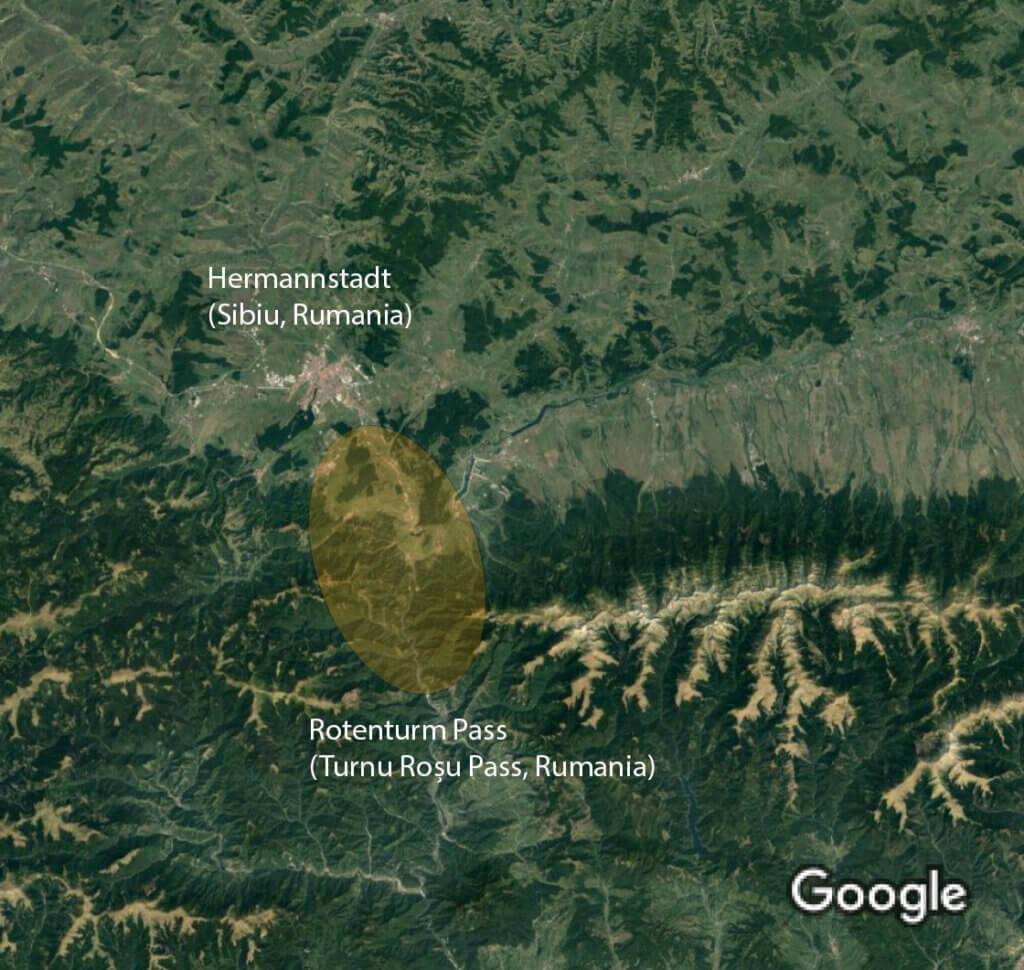
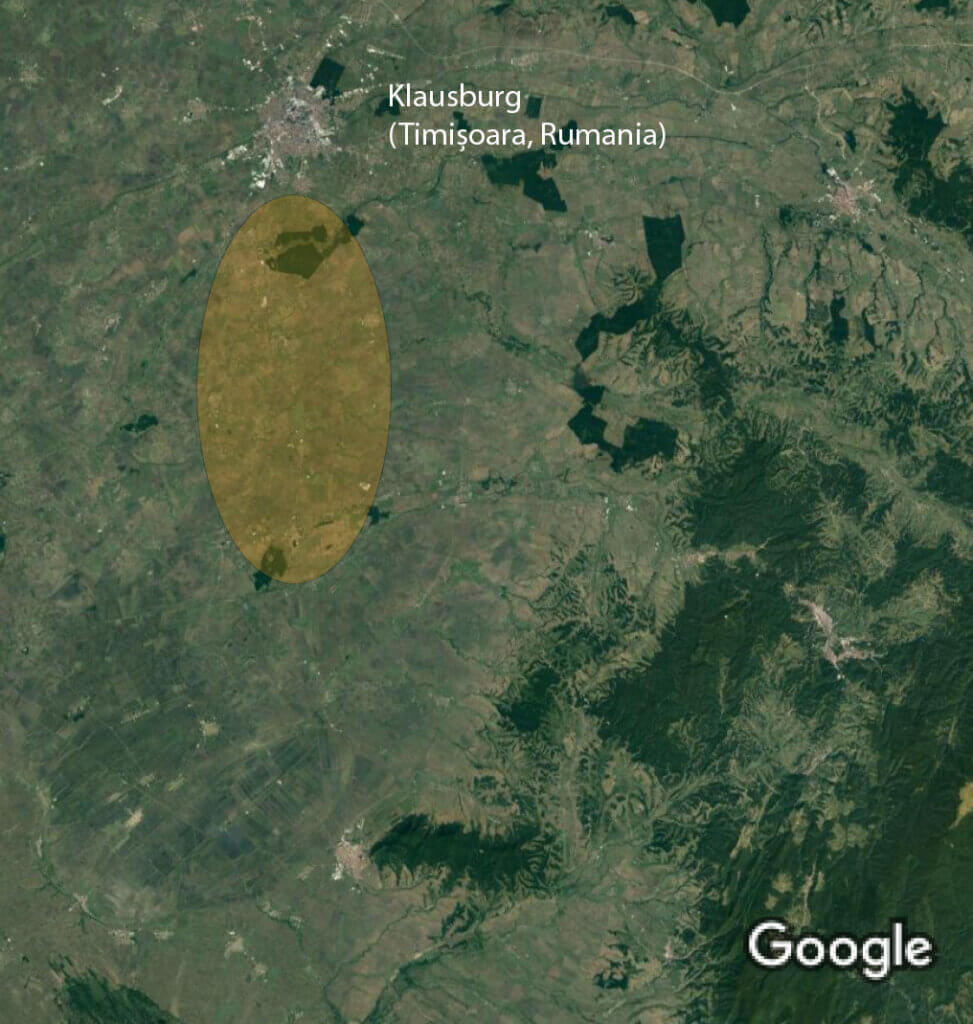
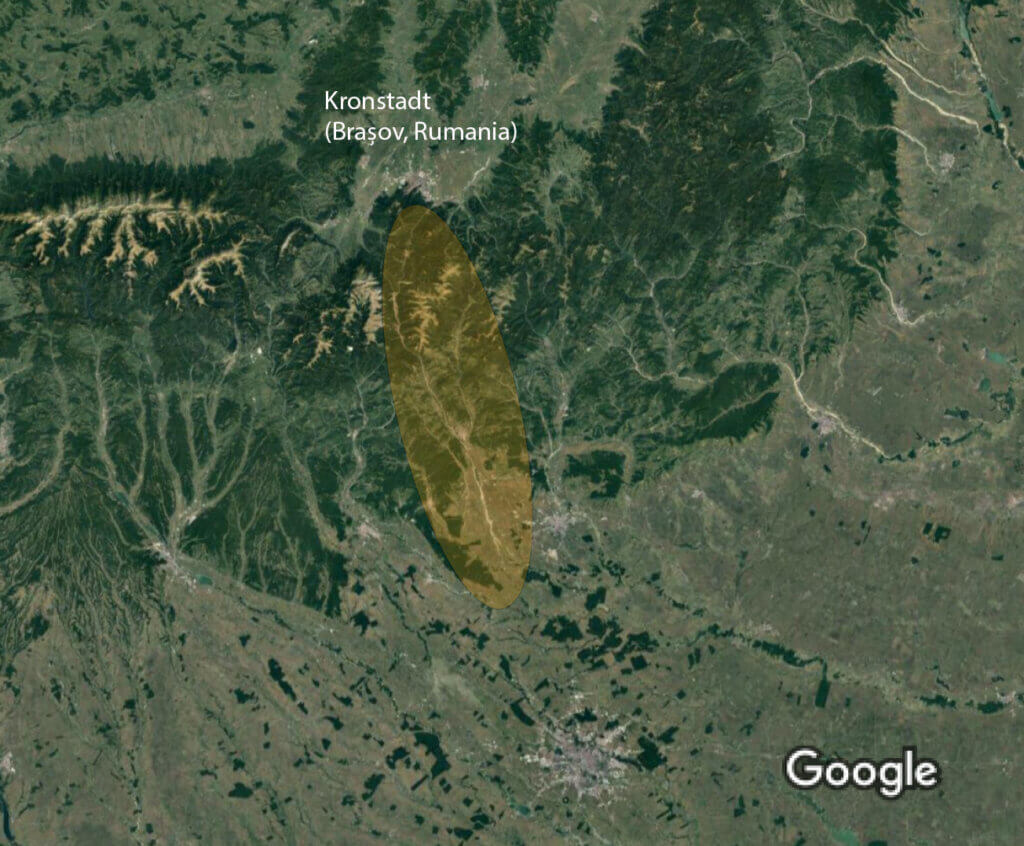
Because off the lack of time they are not able use the aircraft for a preliminary reconnaissance flight. SS-Obersturmführer Walter Girg marches his troops up to the Hungarian frontier village of Zuckermandl. They crossed the border on August 31st, 1944, without meeting any enemy units. Without further contact, they cross the Grosser Kockel River. The lines are so thinly occupied that They could march even during the day. The uniforms are sufficiently inconspicuous that they are able to travel by train from Agnetenn up to Hernstadt. There Girg divides his men in three small sections and orders them to move separately towards the castle of Heltau. His own group pitches their tents in a small garden near Michelsberg.
They wait for two days for the others. Only two men arrive, they had become separated from the others. By September 4th, 1944, they have collected six men and start marching towards the Rotenturm Pass. They found out the strength of the Romanian forces marching towards Agnetenn, and also the strength of the Russian units operating around the Rotenturm Pass.
They arrive in Agnetenn after a ten-hour mountain climb. Intending to spend the night and begin gathering information from the Romanian, they put up guards. Two hours after dark, a Russian unit surprises them and surrounds them. After a heavy fight they manage to escape without any casualties. Back in Heltau they observe the advance of the Sixth Russian Army and mark its progress on our maps for future reference. These Russian troops are in the best of fighting condition. Discipline and order reign throughout. They observe many new armored units.
During the night of September 9th, 1944, they again travel by train in the direction of the front near Schaerszburg. Here they march for thirty-five kilometres towards the main line of resistance, constantly in the immediate vicinity of the Russian advancing columns.
They advanced so quickly and arrive in Nades, a Romanian depot. As they are weaker than the Rumanians, they try to talk it over with them. They assert that they are Romanian stragglers who have left their German units. The Rumanians begin to search their equipment and they find our weapons. One of the men manages to escape then and there. The Rumanians lay them down in the grass and mishandle them. Soon the Russians arrive, who condemn them to death on the spot. They are stand against a small tree. Twenty Russians are ordered to execute us. SS-Obersturmführer Walter Girg manages to flee, receiving a head wound, and while on the run another shot perforates his foot. The other men in the unit do not get away. They are executed.
Wounded, Girg marches twenty kilometers towards the German lines. Here he makes his first reports. Girg is brought immediately to the army commander, to whom he makes a more complete report comprising political, military and social intelligence. Grig and his men had found out that the Russians intended pushing over Klausenberg with fresh armored troops and with anti-tank artillery. Because the armor commander was informed of this news, he was able to form his lines and avoid one encirclement.
The Eastern troop is tasked with the crucial mission to save a German army corps from certain doom. They have to navigate through treacherous enemy lines and bring back two hundred German soldiers are left behind. However, they manage to complete their task successfully. They also destroy the water mains of the city of Kronstadt, dealing a significant blow to the enemy’s supply chain.
Meanwhile, the West troop under the command of SS-Oberscharführer Hahn, operates in the Klausburg area. They too are tasked with gathering reconnaissance intelligence behind enemy lines. They return with valuable information.
During the mission, they experienced a casualty rate of approximately 40%. A group of men from the mission who were previously left behind in Romania were able to join a W/T (Wireless Telegraphy) intelligence group operating in the same region on March 30th, 1945. They were being declared missing in action since October 1st, 1944. The W/T intelligence group consisted of one non-commissioned officer and eight men and was deployed to Romania during the final days of the war.
| Multimedia |

